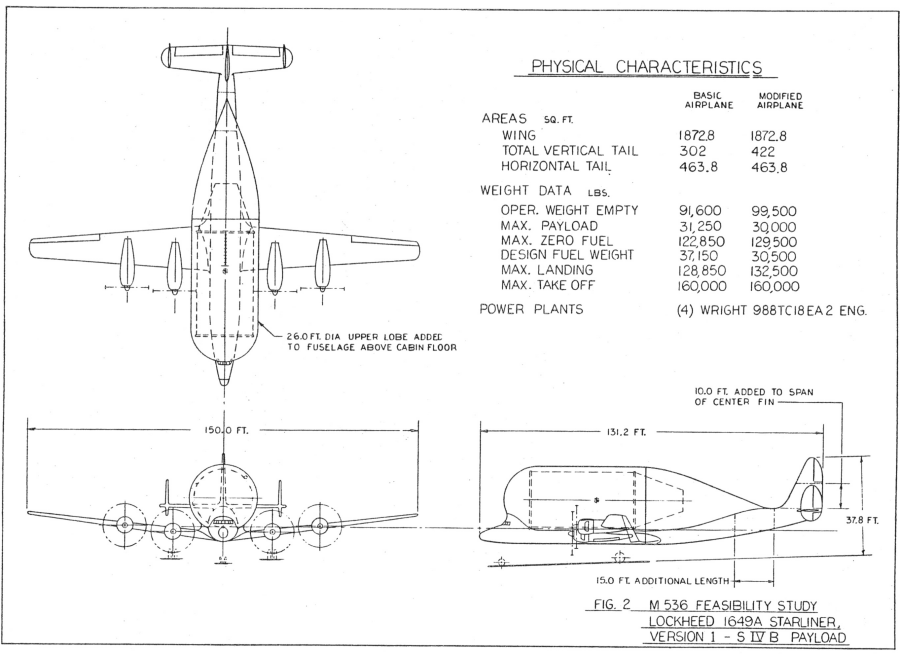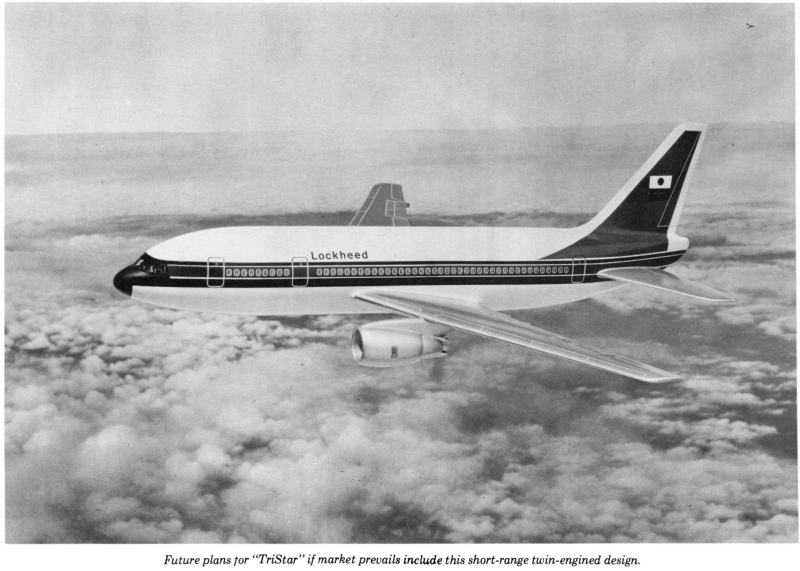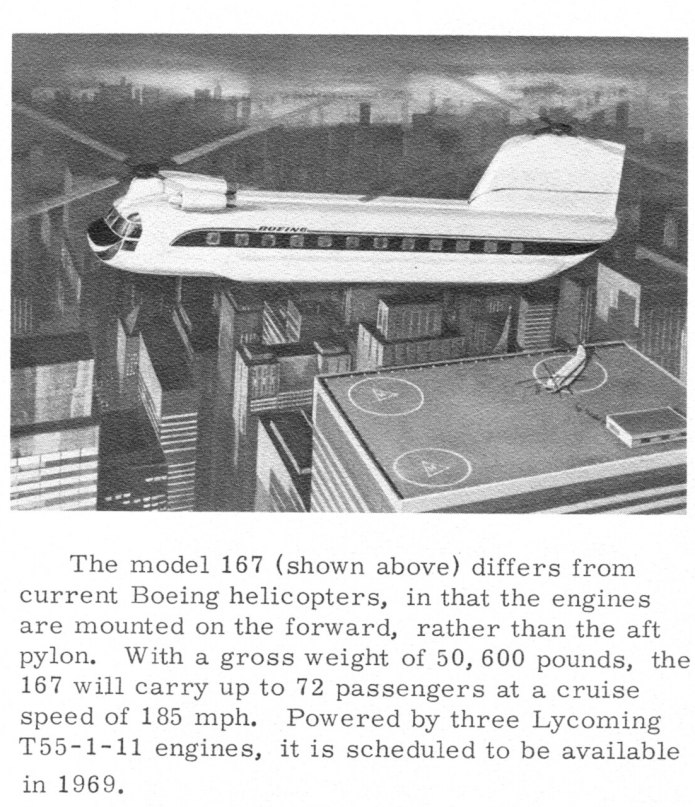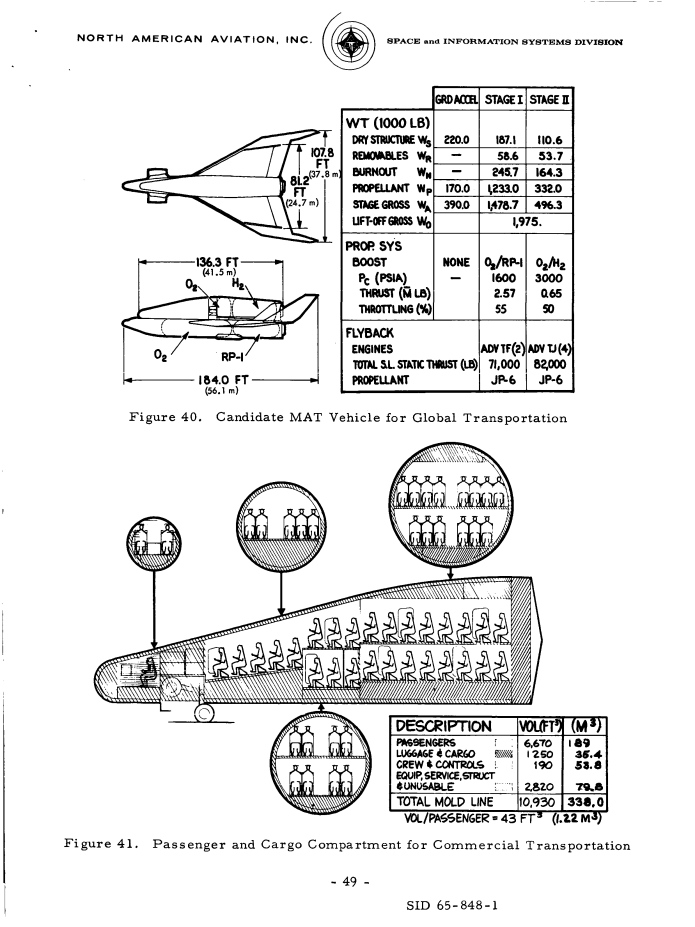One of the main purposes of the Monthly Historical Documents Program/APR Patreon is to get rare aerospace items from eBay. These items are then made available to subscribers/patrons via monthly votes and catalogs.
Below are some of the items I’ve recently paid for (though not as yet received). If you are interested in getting high-rez scans and/or helping me save these sort of things for future generations (as well as keeping my cats in food and litter), please consider signing up for the Monthly Historical Documents Program or the APR Patreon.
In 1964 Fairchild Stratos pitched a number of concepts for converting aircraft into carriers for Saturn rocket stages. One idea was a highly modified Convair B-36; this concept was illustrated in US Transport Projects #4, available HERE. Another was to convert a Lockheed Starliner, the final form of the venerable Constellation line of passenger airliner. This was not as massively modified as the B-36. Here, the Fairchild M-536 had a large aerodynamic “pod” was added to the top that would fit a S-IV stage. The fuselage was lengthened by 15 feet and the central vertical stabilizer was extended.
It is common practice for an aerospace company to crank out many and sundry concepts for derivatives of the aircraft they produce (if they didn’t, Aerospace Projects Review never would’ve come to be). This is certainly true for jetliners. And of course, in many cases derivative are in fact produced… the DC-9, 707 and 737, for instance, saw many stretched, stretched further and stretched some more designs enter service, packing more passengers onto airframes that don’t cost much more to buy or operate.
One derivative that went no further than the concept stage was a 1970’s Lockheed idea for a twin-engine version of their three-engined L-1011. This would have been a *smaller* aircraft, but presumably cheaper, more economical to operate as an “airbus” on shorter routes. However, there were already a number of jetliners to fill that role, and with as expensive as the L-1011 turned out to be to maintain and keep flying, this idea basically never had a chance.
A piece of Boeing artwork depicting several early jetliner concepts. The B-47 design heritage is obvious. This piece was on ebay a while back, and while it wasn’t one that I won, I snagged a decently-high rez scan from the listing and have made it available to all $4 and up APR Patrons and Monthly Historical Document Subscribers. it has been uplosded into the June 2020 folder at Dropbox for those subscribers.
If this sort of thing is of interest, sign up either for the APR Patreon or the APR Monthly Historical Documents Program.
Another Chinook derivative, the Model 167 was substantially further from the original. It was larger and had an additional turboshaft engines… and moved all three of them forward, *presumably* for balance reasons. This was from the era when it seemed like a good idea to operate commercial helicopter “buses” from rooftop heliports in major cities, generally to shuttle passengers either from one city to another nearby one, or from the heart of an urban area to an outlying airport. It’s a little difficult to be sure, but it looks like the Model 167 had retractable landing gear.
A 1966 Boeing concept for a civilian version of the Chinook. Viet Nam veterans I’ve known who rode in Chinooks of that era have stories that make me suspect that *substantial* structural stiffening would have been required for such a craft to be fully accepted by the public; apparently, looking forward towards the cockpit and watching the while cabin twist back and forth was slightly disconcerting. A cruise speed of 200 mph seems slightly optimistic.
Found on the Flickr account of the San Diego Air & Space Museum is this bit of concept art:

The description: “Flaunt Fleet Air Ultra Naval transport sitting 25 above waves on rsbs retractable spar buoy stabilizer concept and design by Thomas P. Faulconer artist Joe Ferrara date 1985 includes plaque and article by designer on back”
This came from an article published in the April 1985 issue of the US Naval Institute Proceedings by Thomas Faulconer, an article I don;t have. So… there ya go.
If you’ve got It, FLAUNT (fleet air ultra naval transport) It. Thomas P.Faulconer. tab lllus US Nav Inst Proc 111:135-139 Apr »85
In 1965 North American Aviation produced a study for NASA about reusable space launch vehicles to support forthcoming expected space stations. Included within that study was an alternate use of rocket vehicles… point-to-point hypersonic commercial passenger transportation. This concept goes back to the late 1940’s and has continued to the present day, with the Elon Musk suggesting that the SpaceX Starship could be used for that purpose. The idea is interesting and it certainly *could* work. But could it be commercially cost effective? History with craft such as the Concorde and the Shuttle argue strongly against an early vehicle like this doing anything but losing truckloads of cash every time it launches.










